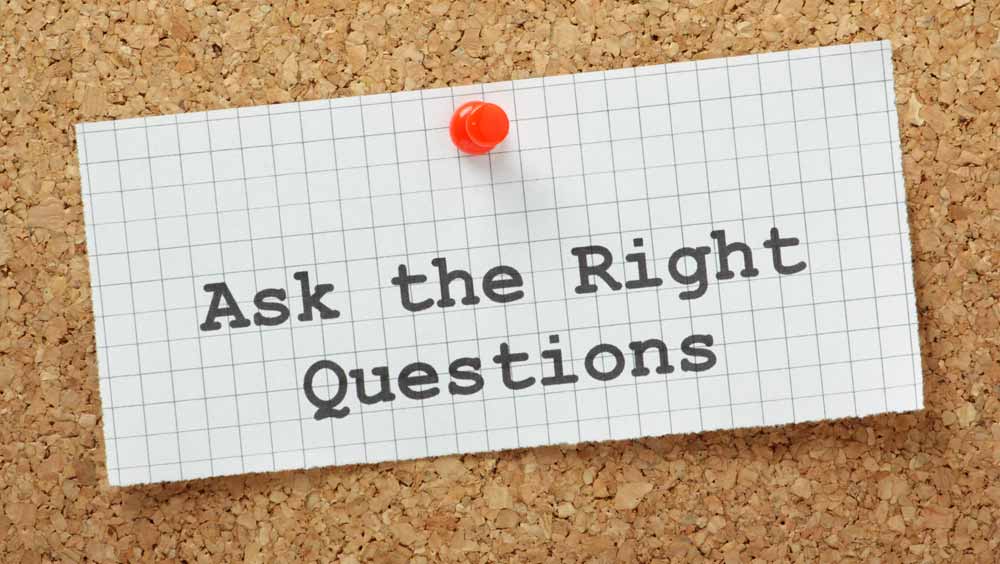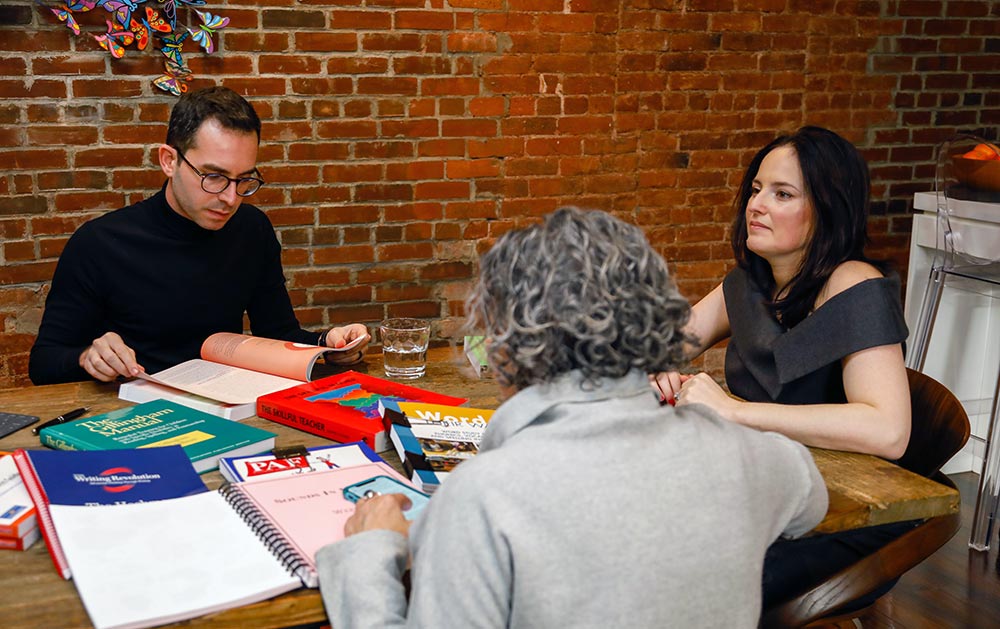My Learning Springboard is a professional community of experienced educators and learning specialists under the leadership of a multidisciplinary team. From individualizing classroom learning, to navigating bureaucratic red tape, to finding and pursuing a child’s interests, our goal is to make sure that our students and their families receive the resources that they need. Ongoing communication among all stakeholders — students, families, schools, and related service professionals — is crucial for a child’s academic, social and emotional success. Therefore, we provide special education services, consultation, and guidance at every step.
Our faculty and professional network includes Board Certified Educational Planners, special education teachers, educational therapists, reading and math specialists, behavior specialists, family advocates, legal counsel, psychologists, developmental pediatricians, language and speech pathologists, occupational therapists, and holistic health professionals among others.
We offer both short-term special education consultation and ongoing comprehensive support depending on a family’s needs. We help families to navigate, select, develop or pursue appropriate special education services in any of the following areas and beyond:
- Early intervention
- IEP or 504 processes
- Documentation review and strategic planning
- Private evaluations and expert witnesses
- Autism support
- Behavior intervention
- Parent coaching
- Homeschool programs
- Private Special Education Itinerant Teachers (SEITs)
- Shadow teachers and paraeducators
Our leadership team manages cases collaboratively benefitting from our complementary expertise. We often include reading and math specialists to assist with comprehensive diagnostic assessments and then work together to define recommendations and ongoing programs. Selected learning specialists or special education teachers from our faculty may become involved in direct instruction or consultation with families. Ongoing assessment and benchmarking is always built into our approach.The needs of every child and every family are different, and our goal at My Learning Springboard is to promote collaboration and facilitate success for every student.
Read more about private evaluations and related services or the most common assessments typically selected for educational testing or neuropsychological evaluations.
Please contact our office for more information.
 Psychologists and educational professionals use many different different assessment tools to conduct educational evaluations. Our
Psychologists and educational professionals use many different different assessment tools to conduct educational evaluations. Our  All of my classroom teaching experience took place in
All of my classroom teaching experience took place in 
 In October 2014,
In October 2014,